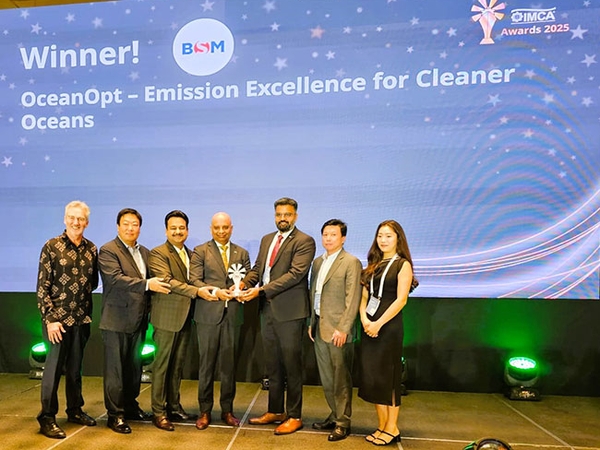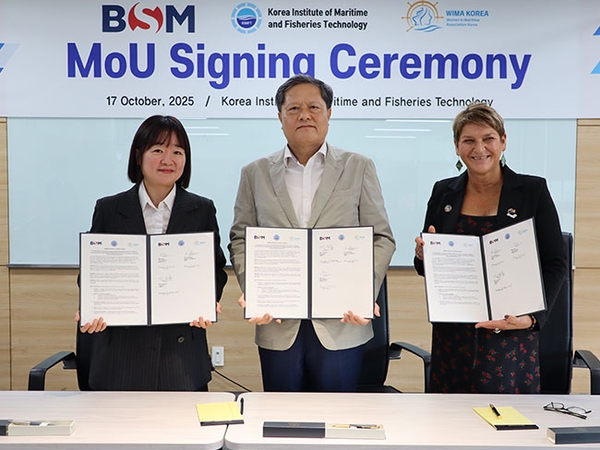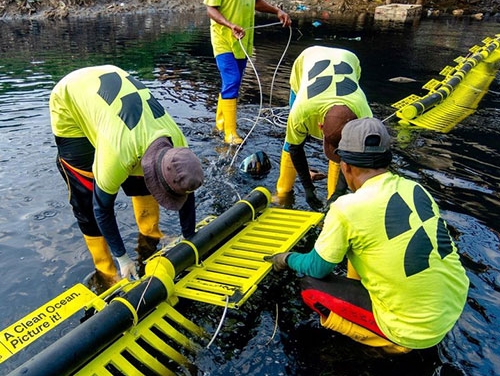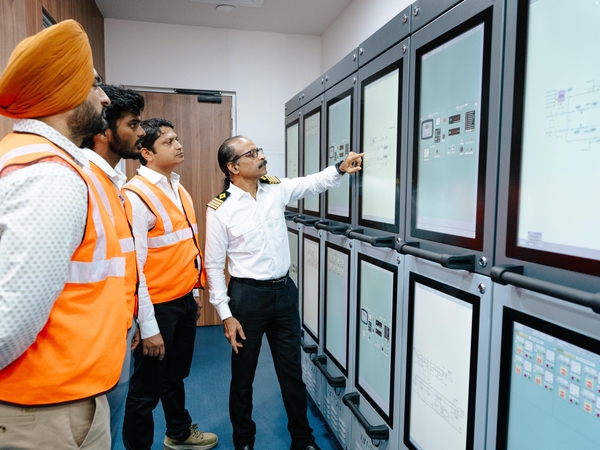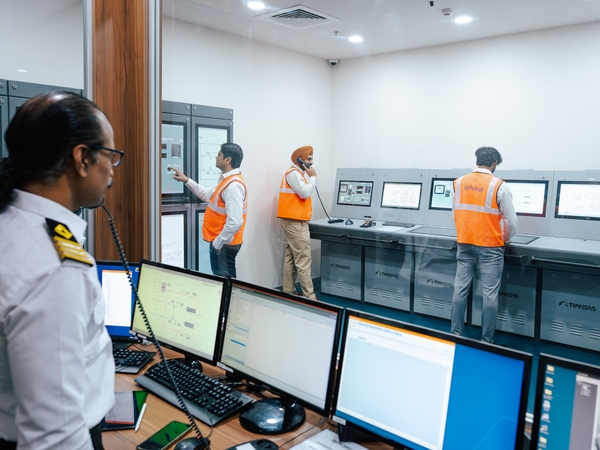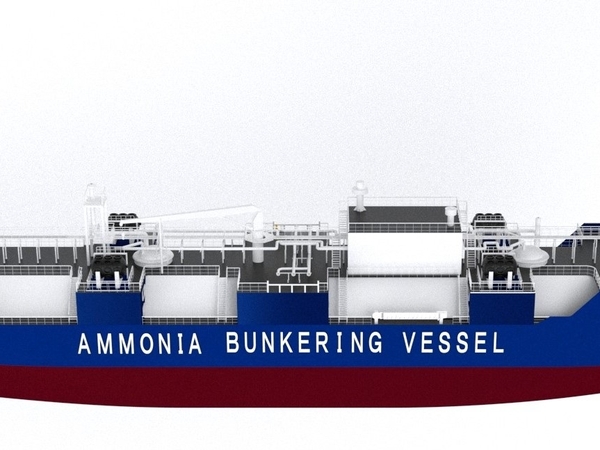Recommendations
Following three key recommendations can help to reduce the risk of ER fires:
Identifying sources of leakages
- PMS must include checks on:
- Fuel and lube oil pipes for loose fittings.
- Missing bolts on flanges.
- Condition of non-metallic hoses in areas where the temperatures can exceed the oil’s ignition point.
- Locations from where oil can spray onto hot surfaces.
- Regularly carry out assessments to identify potential sources of leakages.
- Check whether the components of the oil piping system are original and meet the manufacturer’s specifications. This is particularly important when taking over a second-hand ship.
Mapping hot surfaces using thermography
It is recommended to use thermography onboard for detection of hot surfaces and for checking insulation during normal operations. Periodically carry out thermographic examination of the ER and electrical installation with engines and electrical equipment running.
Shielding hotspots
Insulation: Carry out regular checks of material used to insulate high temperature surfaces as it may degrade over time or become oil soaked. Even if the insulation appears in good order, there may be hidden inadequately insulated areas and hot spots that could start a fire if in contact with oil.
Spray shields: Regularly check the position and condition of spray shields for both high and low pressure flammable oil lines. In addition, check drainage arrangements and alarms for jacketed fuel oil pipes. Consider installing spray shields for areas identified as potential ‘sources of oil leakage’ where spray shields were not included in the original design. Pay particular attention to proper refitting of spray shields and insulation materials immediately after maintenance.
(Source: ABS; Gard P&I)




